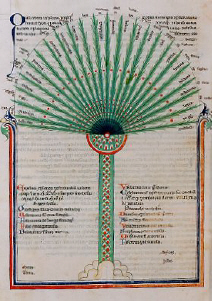Excertos de ROUTLEDGE – HISTORY OF PHILOSOPHY – THE RENAISSENCE
Interest in Plato had been stirred among Italian humanists by Petrarch’s portrayal of his philosophy as a theologically acceptable alternative to Aristotelianism, one whose closeness to Christianity, moreover, had been endorsed by no less an authority than Augustine, But until the end of the fourteenth century little firsthand knowledge of the dialogues was possible since so few Latin versions existed: the Timaeus was widely accessible in the fragmentary fourth-century version of Chalcidius; the Phaedo and Meno had been translated in the twelfth century by Henricus Aristippus; and part of the Parmenides was embedded in William of Moerbeke’s thirteenth-century translation of Proclus’s commentary. Although the Phaedo was already available in medieval Latin, Bruni chose to produce a new humanist version in 1405. This allowed him, as with his Aristotle translations, to demonstrate the stylistic superiority of the humanist approach to philosophy. But there was another reason for this choice. The theme of the Phaedo, the personal immortality of individual human souls, was a minefield for Aristotelians. As such it was an ideal means to emphasize the superiority, from a Christian point of view, of Platonism.
